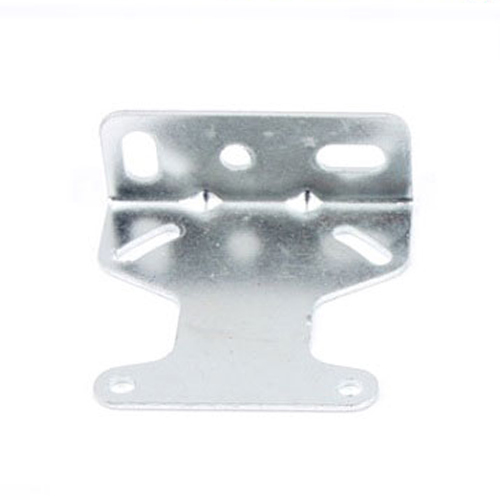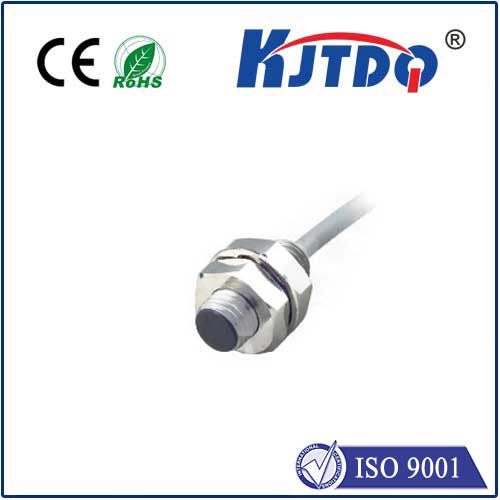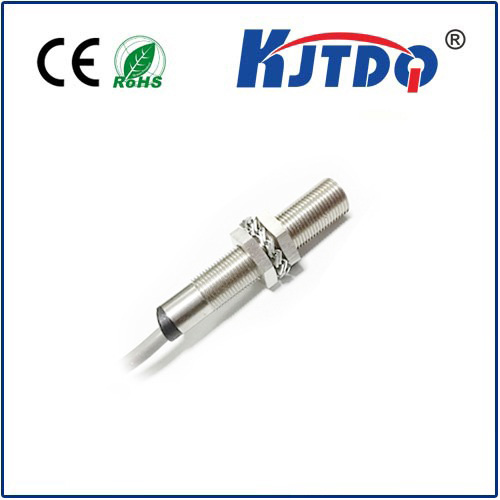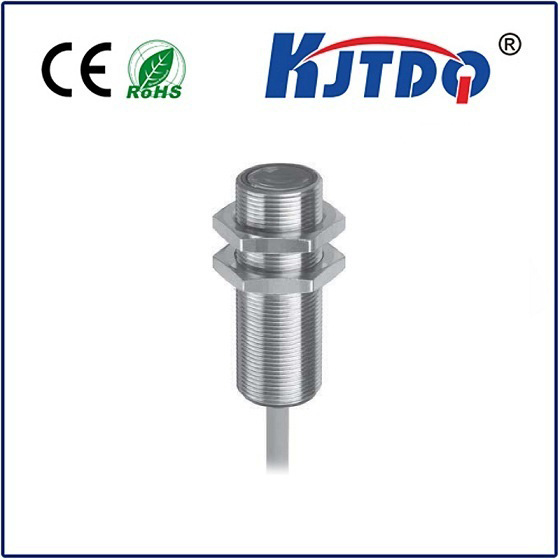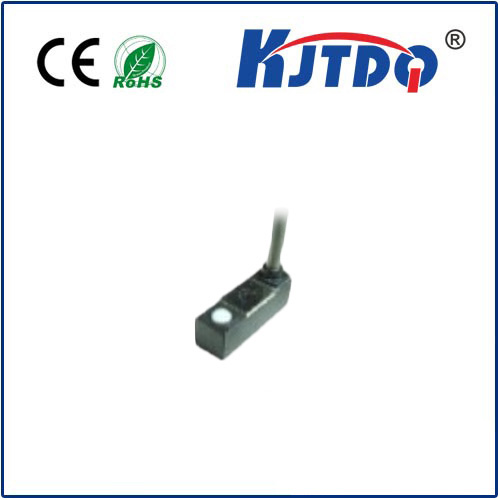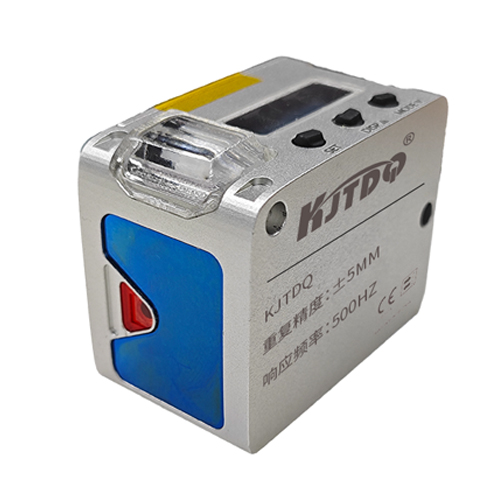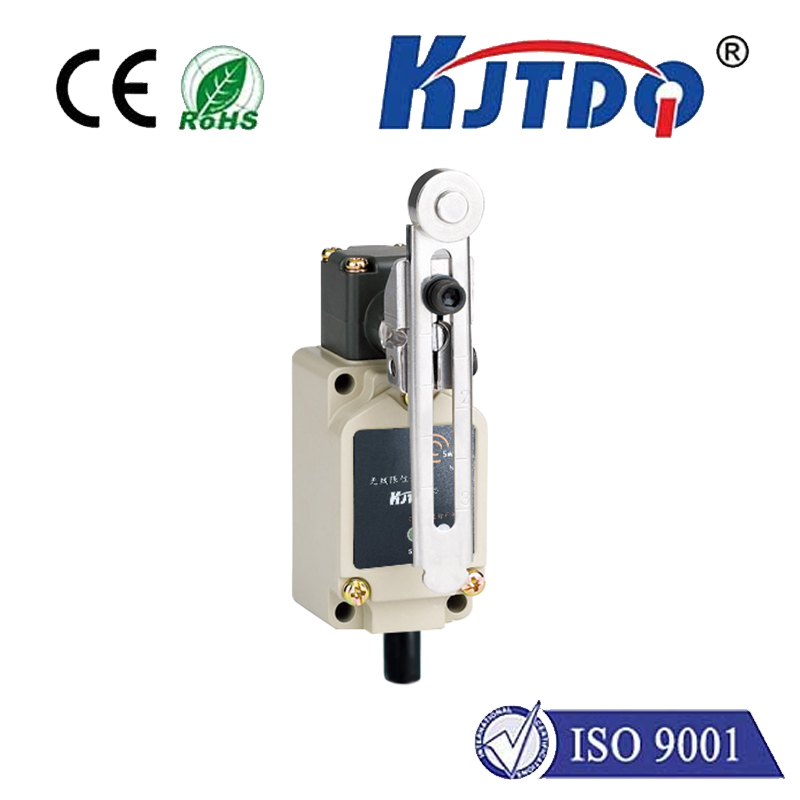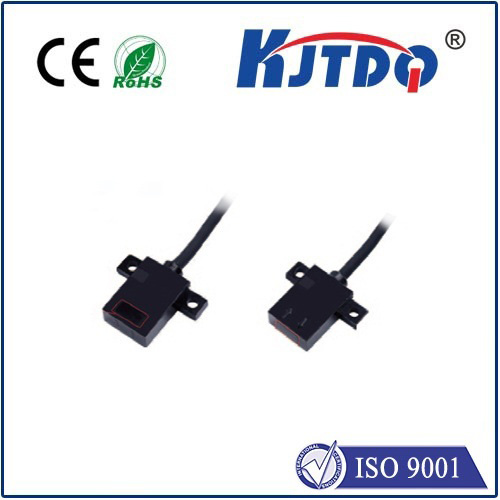retro reflective photo eye
- time:2025-07-23 13:45:44
- Нажмите:0
Retro Reflective Photo Eyes: The Unseen Workhorses of Reliable Object Detection
Imagine a world where factories grind to a halt because boxes go missing, conveyor belts jam as packages collide unseen, and automated doors hesitate, unsure if someone has truly passed through. This chaos is precisely what retro reflective photo eyes prevent. These ingenious sensors, operating silently and reliably in countless industrial and commercial settings, form the backbone of automated detection systems worldwide. Far more than just simple light beams, their unique operating principle delivers exceptional performance where it’s needed most.
Understanding the Core Principle: Light, Reflection, and Detection
Unlike their thru-beam cousins requiring separate emitter and receiver units at either end of the detection path, or diffuse sensors detecting light bounced directly off an object, retro reflective photo eyes employ a clever, integrated design. Here’s the elegant breakdown:
- Integrated Emitter/Receiver: The sensor itself houses both the Источник света (typically infrared LED) and the receiver (a phototransistor or photodiode).
- The Specialized Reflector: Mounted opposite the sensor is a retroreflective target or tape. This isn’t just a mirror; it’s engineered with tiny glass beads or corner-cube prisms designed to reflect light directly back towards its source, regardless of the incoming angle.
- The Detection Process:
- In the clear state (no object present), the sensor’s emitted light travels to the retroreflector and is efficiently bounced straight back to the sensor’s receiver. The receiver sees a strong signal.
- When an object interrupts the beam path, it blocks this reflected light. Consequently, the signal reaching the receiver drops significantly or disappears.
- The sensor’s internal electronics detect this dramatic change in received light intensity and trigger an output signal (e.g., switching from “ON” to “OFF” or vice-versa).
This unique reliance on a dedicated reflector is the defining characteristic and the source of its key advantages.

Why Choose Retro Reflective? Key Advantages in Industrial Sensing
Retro reflective photo eyes offer a compelling set of benefits, making them a go-to solution in many demanding applications:
- Extended Sensing Range: By concentrating the reflected light efficiently back directly to the receiver, retroreflective sensors achieve significantly longer detection distances compared to diffuse sensors. Ranges of several meters, even tens of meters, are common, far exceeding what a diffuse sensor can manage without amplification.
- Superior Reliability: The high-intensity return beam in the clear state provides an excellent signal-to-noise ratio. This makes them much more resistant to false triggers caused by ambient light fluctuations, dust, minor vibrations, or lightly colored objects that diffuse sensors might struggle with.
- Simplified Installation & Alignment: Only two physical points need aligning: the sensor head and the reflector. Running wiring or conduit to a separate receiver unit across a wide conveyor or doorway is eliminated, drastically reducing installation complexity, time, and cost compared to thru-beam setups.
- Cost Efficiency: While requiring a reflector, needing only Один. powered sensor unit (instead of two for thru-beam) often makes retroreflective photoelectric sensors more economical overall, especially for longer ranges.
- Performance in Challenging Environments: Models are available with rugged housings (IP67, IP69K ratings) resistant to dust, water jets, and impacts. Their robust principle also helps them function effectively in moderately dirty or misty conditions where a diffuse sensor’s performance might degrade.
Where the Workhorses Earn Their Keep: Critical Applications
The strengths of retro reflective photo eyes translate into indispensable roles across numerous sectors:
- Material Handling & Logistics:
- Conveyor Systems: Detecting the presence, absence, height, or jams of boxes, totes, and pallets at critical transfer points, diverters, and accumulation areas.
- Warehouse Automation: Safeguarding AGV (Automated Guided Vehicle) paths, triggering door openers on dock shelters, and verifying package positioning on sorters.
- Palletizing/Depalletizing: Confirming the presence of a pallet base layer before stacking begins or detecting empty positions.
- Packaging Machinery: Verifying the presence of containers, caps, or labels on high-speed filling and capping lines. Monitoring web breaks or end-of-roll on packaging film.
- Промышленная автоматизация: Monitoring part presence on assembly lines, guarding entry points to hazardous machinery (as part of a safety light curtain system), and detecting door/window positions.
- Traffic & Access Control: Vehicle detection at gates, barriers, or toll booths. People counting at entrances (when combined with appropriate logic).
- Printing & Paper Handling: Detecting paper jams, sheet count verification, and monitoring paper roll diameter changes.
Selecting the Right Tool: Important Considerations
While highly versatile, retroreflective photosensors aren’t universal. Factors to weigh include:
- Reflector Required: An unobstructed line of sight to a mounted reflector is essential. Applications without space for a reflector mandate a different sensor type.
- Reflective Object Risk: Highly reflective objects passing near (but not directly interrupting) the beam could potentially reflect enough light back to the sensor, causing a false “clear” signal. Careful mounting angle selection and models with polarized light can mitigate this. Models featuring polarized filters are highly recommended in environments with shiny targets; the filter ensures only light reflected by the special retroreflector (which rotates the polarization) is detected.
- First Object Detection: On very long ranges, the beam diameter expands. The closest object interrupting the wide beam will be detected, not necessarily one further away within the beam cone.
Continuous Evolution: Meeting Modern Demands
The core principle remains robust, but retroreflective photoeye technology constantly evolves:
- Laser Versions: Offer extremely precise, small-spot detection for pinpoint accuracy on tiny parts or to avoid false triggers from background objects.
- Background Suppression (BGS): Advanced models can electronically focus detection within a specific distance range relative to the sensor, ignoring objects beyond the reflector.
- Enhanced Connectivity: IO-Link integration provides detailed diagnostics, remote configuration, and process data monitoring, aligning with Industry 4.0 principles.
- Improved Optics & Electronics: Delivering better noise immunity, longer ranges, and lower power consumption.
From ensuring smooth parcel sorting to safeguarding factory workers and preventing costly jams, the retro reflective photo eye operates as a critical, often unnoticed, sentinel. Its blend of long-range capability, outstanding reliability against interference, cost-effective installation, and adaptability to harsh environments secures its place as a fundamental sensing solution. Whether detecting a towering pallet on a sprawling warehouse conveyor or a tiny component on a high-speed assembly line, this technology provides the consistent, trustworthy object detection that modern automation demands.

